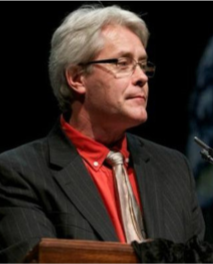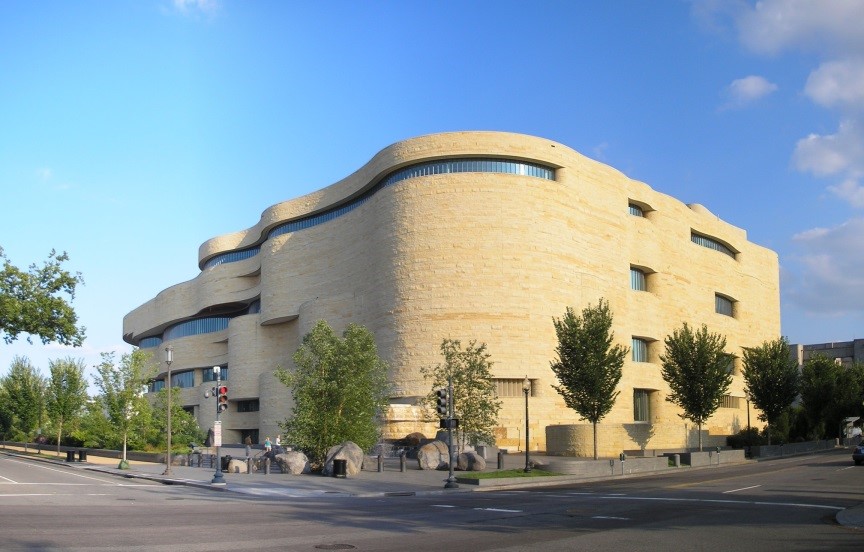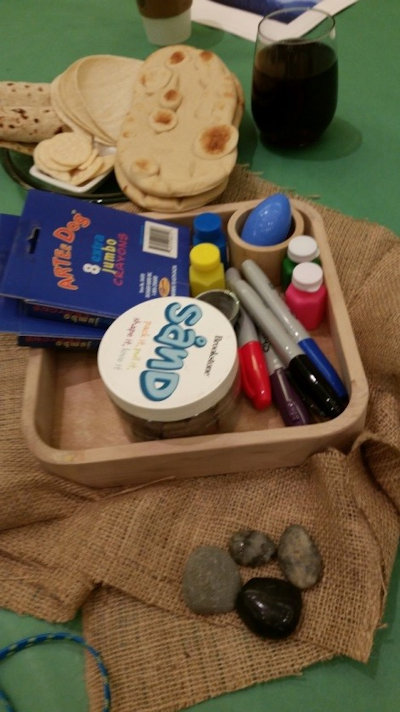This month’s Perspective on Hope reflects on the art of building structures, relationships and communities.
REV. DR. JEROME (Jerry) DEVINE
Director of Connectional Ministries, Detroit Conference
“And I tell you, you are Peter, and on this rock I will build my church,… “ Matthew 16:18, NRSV
 I enjoy architecture, particularly custom and/or classic forms of architecture. I took a couple of architectural drafting courses in my first round of college, and added a minor in industrial arts when I returned to college to pursue my call to ministry.
I enjoy architecture, particularly custom and/or classic forms of architecture. I took a couple of architectural drafting courses in my first round of college, and added a minor in industrial arts when I returned to college to pursue my call to ministry.
This nurtured a hidden hobby within me. While I am not a trained expert in the various schools of historical or contemporary architecture, I do have a capacity to understand some of what is being communicated by the design.
I utilized that skill many times as a pastor of local churches as well as when I served as a Ministry Consultant. I am also fortunate to be married to an incredibly creative spouse who understands and enjoys the nuances of interior design as much as I do the structural and construction aspects of what makes a building into something more dynamic than simple bricks, boards, metal and glass. What we build can communicate significant messages. This is true of physical facilities as well as the fabric of faith communities and social environments.
Several years ago Ruth and I had opportunity to spend a day walking the National Mall and Capitol Hill area in Washington, DC. I was in DC for meetings at our United Methodist Building so on our day off our self-designed tour took us from the Supreme Court to the Lincoln Memorial and all of the surrounding streets. We have enjoyed the Smithsonian Institution related museums at other times, so this time we paid more attention to the multiple federal buildings on some of the side streets. These massive architectural creations seemed to be making a statement of assertiveness and overwhelming power through size, firmness and sharp lines. Then we approached the National Museum of the American Indian. The flowing lines and sand colors evoked images of strength through movement, relationship, and flexibility. These two very different approaches to architectural design expressed equally different worldviews and likely very different approaches to spirituality and political agendas.
I share this as a framework for considering what Jesus meant when he said to/about Peter, “And I tell you, you are Peter, and on this rock I will build my church, …” Most church scholars would agree that Peter was called forth to live out a unique role in the birth and growth of the movement that became Christianity. Some traditions rely heavily on this single text to support a particular view of their foundation for popes and bishops, while other traditions emphasize that it was Peter’s revealed faith that is the key point in this brief gospel story. While both of those approaches have some relevancy, I would invite us to instead consider how Peter lived out that invitation in the early formation of what became the Church.
In this liturgical season approaching and following Pentecost the scriptures are filled with the images of a noisy, fluid and sometimes messy emerging church. Peter came from a religious tradition that at times had sharp boundaries, yet the stirring of the Holy Spirit was creating this multi-ethnic, multi-lingual, multi-cultural community of followers of Jesus the Christ. The “Wind” of God was rounding out the sharp edges as the building of this new faith community emerged, pushing it beyond the confines of the established people and into the wider Gentile world. This was definitely going to be a “custom build”. Peter, the Rock, could either be an immovable obstacle, or provide a sure foundation for building something new for grace to flow. He could either become stepping stones for the future or a wall of resistance against discovering new relationships.
“This was definitely going to be a ‘custom build’. Peter, the Rock, could either be an immovable obstacle, or provide a sure foundation for building something new for grace to flow.”
The past several days provided for me some rich opportunities to explore what our future United Methodist movement in Michigan might look like with a variety of lay and clergy leaders. On Saturday a small group of agency chairpersons from both conferences gathered at Central United Methodist Church in Lansing. In this beautiful historic architectural setting we began to explore what strengthening racial ethnic churches and building multi-cultural ministries might require of us in the new conference in Michigan.
While we dreamed in the fellowship hall an even larger group from Central met in the lower level exploring the changing demographics and the multiple groups of people they could learn to connect with in order to be relevant and growing in their community.
On Monday the New Church Start Committees of both conferences engaged the proposed Design Team vision statement, excited about the impact they are seeing on local church leaders from the REACH Summit, new flexible models for starting new faith communities, and their hopes for transforming lives and communities through God’s grace.
Monday evening the new board for camp and retreat ministries in Michigan challenged themselves to expand campers by at least 10% this year—so please invite someone from your local church to this faith formation in the outdoors.
These multiple conversations did not focus on building church buildings. They focused on the architecture and art of building relationships and communities of faith. They focused on removing stumbling blocks and providing stepping stones within a connectional way of sharing life. Like Peter, they allowed the Wind of God to blow in such a way that new possibilities could come to life.
What kind of church will you build?
Last Updated on December 15, 2023


